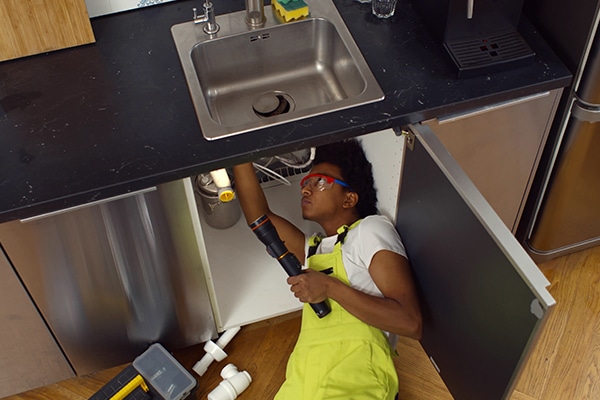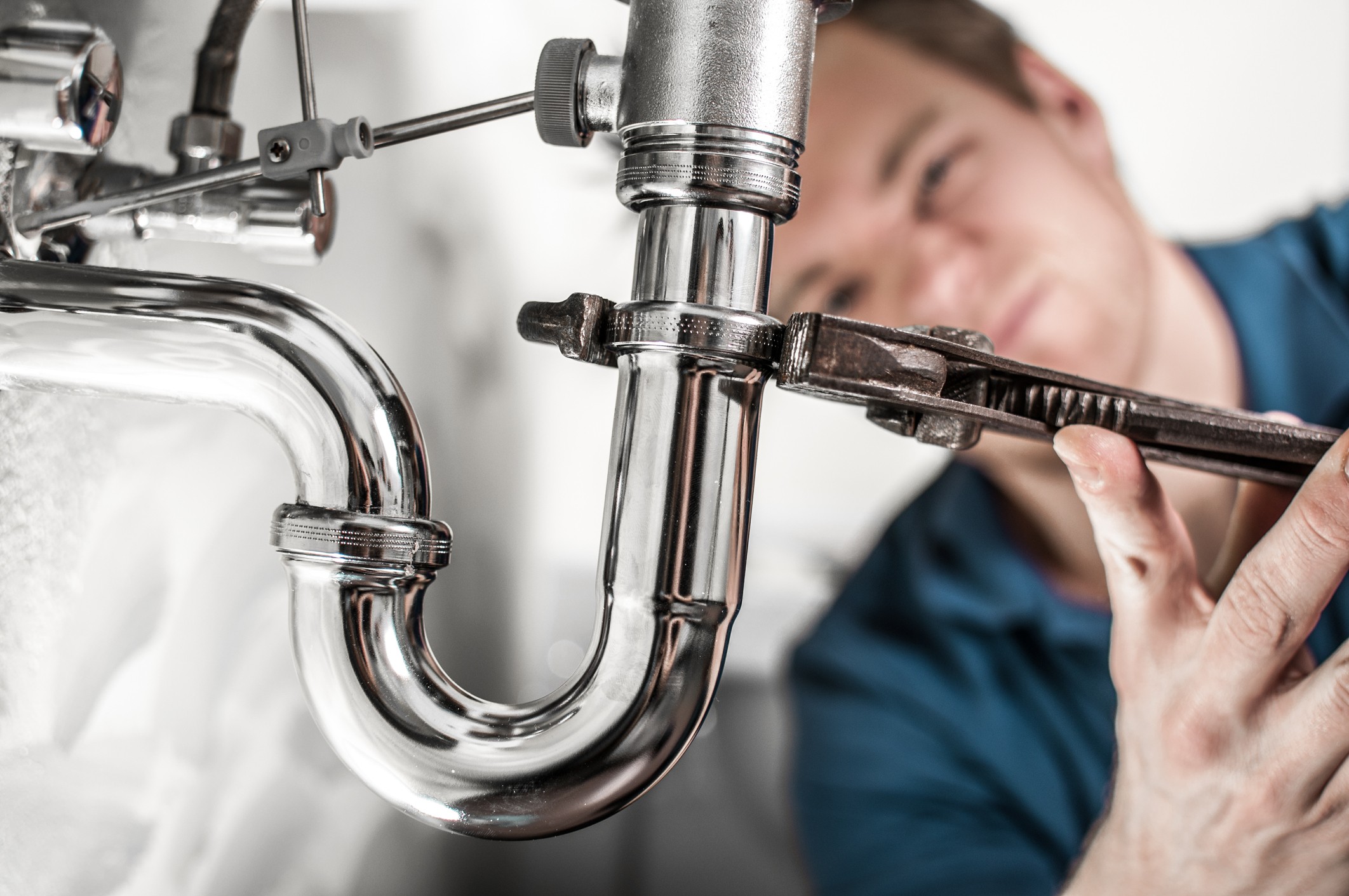High Quality Water Heater Installation Alabaster AL for Optimal Comfort
High Quality Water Heater Installation Alabaster AL for Optimal Comfort
Blog Article
A Detailed Guide to Effective Water Heating Unit Setup for Ideal Efficiency
Getting started on the task of setting up a hot water heater is an endeavor that requires precision and a systematic strategy for accomplishing ideal efficiency. The procedure begins with the crucial choice of choosing the suitable heater customized to the particular needs of your household, taking into consideration aspects such as energy, kind, and size source. When chosen, preparing the installment area to meet security standards is extremely important. Nevertheless, the trip doesn't finish right here. As you proceed, the intricacies of attaching water system lines and setting up trustworthy electrical or gas links await, appealing understandings into making sure efficiency and dependability.
Picking the Right Water Heater

Next, take into consideration the dimension and capacity of the hot water heater. It's crucial to analyze your household's warm water requirements, which can differ based upon the variety of owners and their usage patterns. An unit that's as well little might cause not enough warm water, while an extra-large model might result in unnecessary energy consumption.
Efficiency ratings also play a critical function in selection. Search for water heating units with high Power Aspect (EF) scores, showing premium efficiency and reduced power use. Tankless versions, though commonly extra pricey upfront, deal significant power cost savings gradually because of their on-demand heating abilities.
Preparing the Installation Area
Before mounting a new water heater, careful preparation of the installment area is essential. It's critical to gauge the area very carefully to suit the water heater's measurements, ensuring appropriate clearance around the unit for effective procedure and servicing.
Following, remove any type of particles, dirt, or blockages from the website to create a clean environment. Inspect the flooring for security, as the hot water heater will certainly need a strong, level surface to run efficiently. If necessary, mount a drip pan underneath the unit to capture potential leaks or spills, avoiding water damage to the surrounding area. In regions susceptible to seismic activity, think about setting up seismic straps to protect the heating unit securely in position.
Furthermore, make sure that all needed tools and materials are on hand prior to starting the installment. This includes items such as wrenches, screwdrivers, a level, and any kind of added equipment required for installing and protecting the heating unit. A well-prepared installation location establishes the foundation for a successful water heating unit configuration, enhancing efficiency and safety and security.
Connecting Water System Lines
When linking water system lines to your newly installed water heater, it is crucial to ensure that all links are safe and secure and leak-free to preserve efficient procedure and stop water damage. Begin by recognizing the chilly and hot supply of water lines. The cold water inlet is typically noted with a blue label or a "C", while the warm water outlet is noted with a red tag or an "H".
Use adaptable water heating unit connectors to assist in an easier installment process. These ports can absorb vibration and permit mild movement, minimizing the risk of leakages. Before connecting the connectors, put a plumbing professional's tape around the threaded ends of the hot water heater's inlet and outlet pipelines - Drain Cleaning Alabaster AL. This tape acts as a sealer, stopping leaks. Meticulously connect the versatile hoses to the corresponding inlet and outlet, making certain that they are not over-tightened but limited, which could damage the strings.
When links remain in place, slowly transform on the major water supply valve. Examine each link for leakages by aesthetically checking and feeling for dampness. Tighten up links as required, and guarantee the pressure alleviation shutoff is appropriately mounted, guarding versus too much stress original site accumulation.
Establishing Electrical or Gas Connections
Properly setting up the electric or gas links for your hot water heater is a vital action to make sure effective and safe operation. For electric water heating units, begin by verifying that the electric circuit works with the heating unit's voltage and amperage requirements. Ensure the power supply is transformed off at the breaker to stop accidents. Connect the electric cables to the heating unit following the supplier's electrical wiring representation. Usually, this involves attaching the ground cable to the green terminal, and the continuing to be cables to their corresponding terminals, safeguarding each with cable nuts.
For gas water heating systems, safety is critical. Attach the gas line to the water heater using a versatile gas adapter, ensuring it is correctly threaded and sealed with pipeline joint substance or Teflon tape suitable for gas connections.
When links are made, evaluate for any prospective leaks. For gas lines, use a soapy water remedy to the joints; bubbles show a leak. For electrical connections, confirm that all electrical wiring is safe and secure and properly insulated, preserving conformity with neighborhood electric codes.
Testing and Adjusting for Effectiveness
With the electric and gas links firmly in position, the next step is assessing the functional performance of your water heating system. Begin by thoroughly turning on the water system and making certain there are no leakages at any one of the joints or shutoffs. As soon as validated, continue to load the container, taking notice of the stress and temperature level setups. It is advisable to establish the thermostat to an advised temperature level of around 120 ° F(49 ° C) to balance power efficiency and convenience.
Following, perform a complete assessment to guarantee the burner or gas heaters are operating appropriately. For electrical heating systems, use a multimeter to validate if the elements are drawing the appropriate present. In gas designs, observe the heater fire; it should their explanation be stable and blue, indicating efficient burning.
Change the setups as necessary to remove ineffectiveness. Think about executing insulation measures, such as adding a hot water heater blanket, to additionally improve efficiency by lessening warm loss. Furthermore, inspect the anode rod's problem, as a shabby pole can decrease effectiveness and result in storage tank rust.
Final Thought
Reliable water heating system installation is important for making certain optimal performance and energy cost savings. Firmly connecting water supply lines and meticulously setting up electrical or gas links lessen prospective concerns.

Effectively establishing up the electrical or gas connections for your water heating unit is a critical step to ensure risk-free and efficient operation. For electrical water heating systems, begin by verifying that the electric circuit is suitable with the heating system's voltage and amperage needs. Attach the gas line to the water heating unit making use of a flexible gas port, guaranteeing it is effectively threaded and sealed with pipeline joint compound my sources or Teflon tape suitable for gas links.
Report this page